
8 Common Hygiene Myths You Shouldn’t Believe
🧼 8 Common Hygiene Myths — Debunked and Explained
Good hygiene is essential for health, but many habits we think are helpful may actually be unnecessary—or even harmful. Let’s break down eight widespread hygiene myths and uncover the truth behind them, with added insights to help you make smarter choices for your daily routine.
🚿 Myth 1: Peeing in the Shower Is Harmless
While some people admit to doing it regularly, peeing in the shower isn’t medically dangerous in most cases. However, if you have open cuts or skin conditions, urine could introduce bacteria and increase infection risk. Plus, it’s simply inconsiderate if you share the shower with others. Extra Tip: If you’re trying to save water, consider other eco-friendly habits like shorter showers or using low-flow showerheads.
🦵 Myth 2: You Don’t Need to Wash Your Legs
Some believe water running down the body is enough to clean the legs. In reality, legs can accumulate sweat, bacteria, and dead skin. Washing them—especially if visibly dirty—is important. Extra Tip: If you have dry or sensitive skin, use gentle cleansers and moisturize afterward to prevent irritation.
🪥 Myth 3: Brushing Your Teeth in the Shower Is Just as Good
Brushing in the shower may seem efficient, but the warm, moist environment can promote bacterial growth on your toothbrush. If you do it, brush before using soap and rinse thoroughly. Extra Tip: Store your toothbrush in a dry, ventilated area and replace it every 3 months.
🧼 Myth 4: No Need to Bathe Unless You See Dirt
Some celebrities claim they only bathe when visibly dirty. While daily showers aren’t always necessary, skipping them too often can lead to body odor, skin infections, and buildup of bacteria. Extra Tip: Showering 3–4 times a week is usually enough for most people, but adjust based on activity level and climate.
👂 Myth 5: You Should Use Q-tips to Clean Your Ears
Q-tips can push wax deeper into the ear canal and even cause injury. The ear is self-cleaning, and wax helps protect against infection. Extra Tip: If you feel blocked or uncomfortable, consult a doctor for safe earwax removal.
🌸 Myth 6: Douching Keeps the Vagina Clean
Douching disrupts the natural pH and healthy bacteria in the vagina, increasing the risk of infections and complications. Extra Tip: The best way to maintain vaginal health is to wash the external area with warm water and avoid scented products.
💦 Myth 7: Hot Water Is Necessary for Clean Hands
Hot water doesn’t clean hands better than warm or cold water. The key is using soap and scrubbing for at least 20 seconds. Extra Tip: Use hand lotion afterward to prevent dryness, especially in colder months.
🍽️ Myth 8: The 5-Second Rule Makes Dropped Food Safe
Bacteria can transfer to food instantly upon contact with a dirty surface. The “5-second rule” is a myth. Extra Tip: If food falls on a clean surface, use your judgment—but when in doubt, toss it out.
🧠 Final Thoughts
Hygiene isn’t just about habits—it’s about understanding your body and making informed choices. By questioning common myths and following science-backed advice, you can protect your health and avoid unnecessary risks.
News in the same category


Scientists: 3 Days of Silence Is Enough to Rewire Your Brain

Early Signs of Liver Damage & How to Strengthen Your Liver
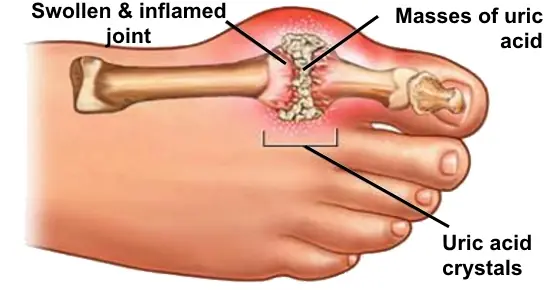
The Best Natural Gout Treatments: Remove Uric Acid Crystallization To Prevent Gout And Joint Pain
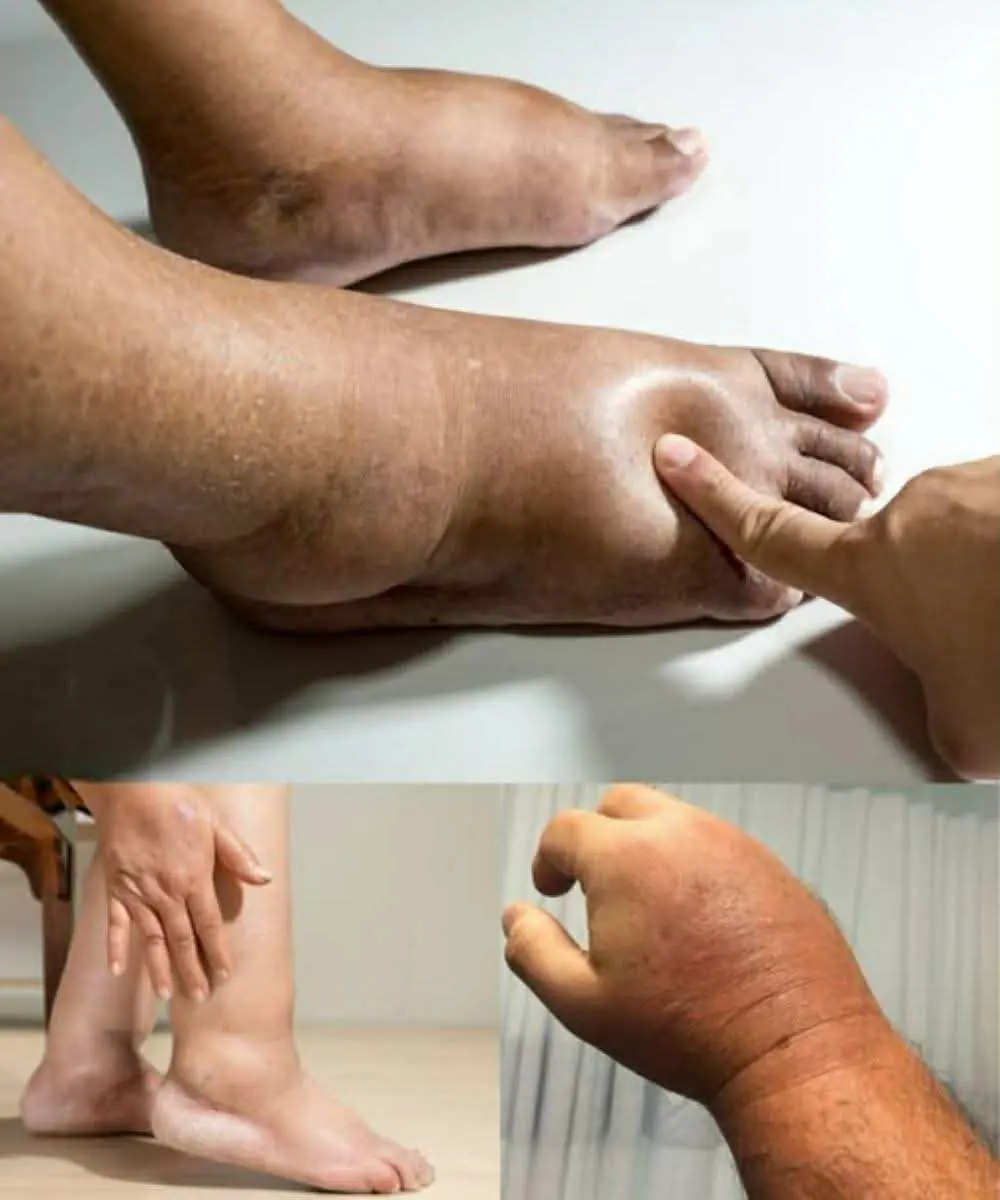
Foods that can ease swelling in hands and feet

Sleeping With The Door Open

Woman shares ’embarrassing’ symptoms she regrets hiding from doctors as she’s diagnosed with incurable cancer

1 herb being called a miracle for liver, blood sugar, and blood pressure
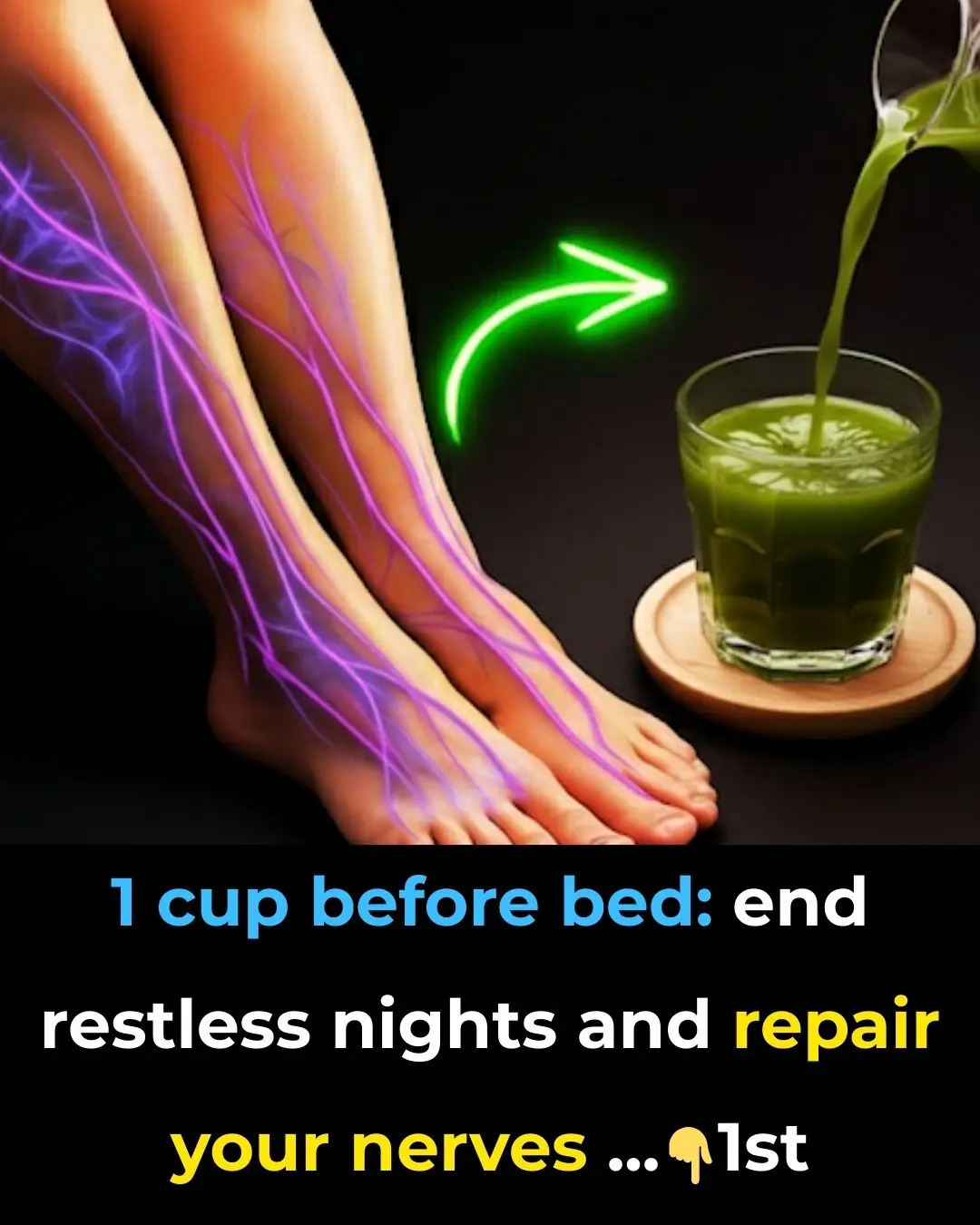
1 cup before bed: end restless nights and repair your nerves

5 foods that heal your body and STARVE cancer—eat these now!

Preventing Stroke At Any Age: 3 “Don’ts” After Meals—And 4 “Don’ts” Before Bed
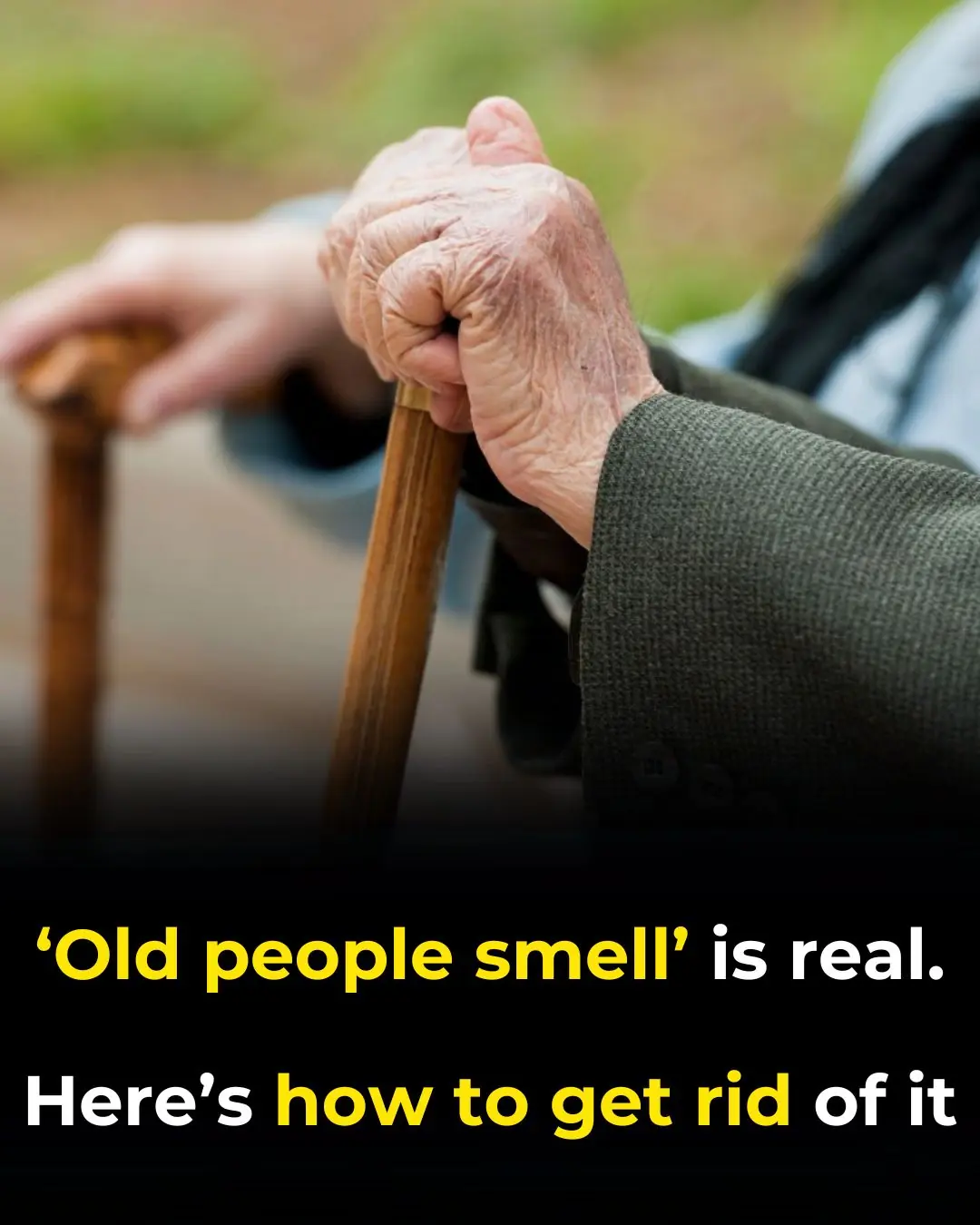
The Truth About “Old Person Smell”: What Causes It And How To Get Rid Of It

12 surprising foods that help dissolve blood clots naturally

New B::l:ood Pressure Guidelines: 4 Things I Like and 2 Concerns
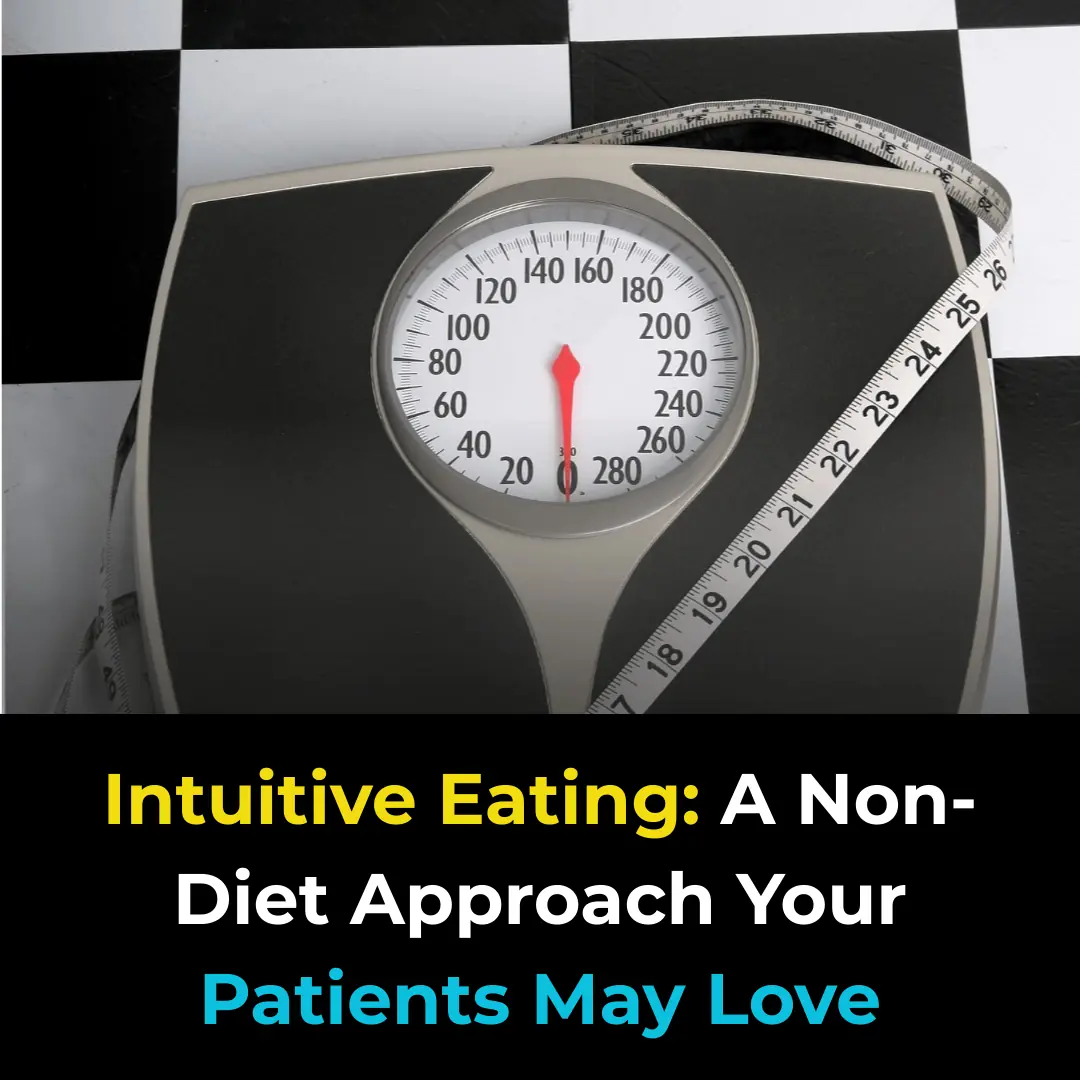
Intuitive Eating: A Non-Diet Approach Your Patients May Love
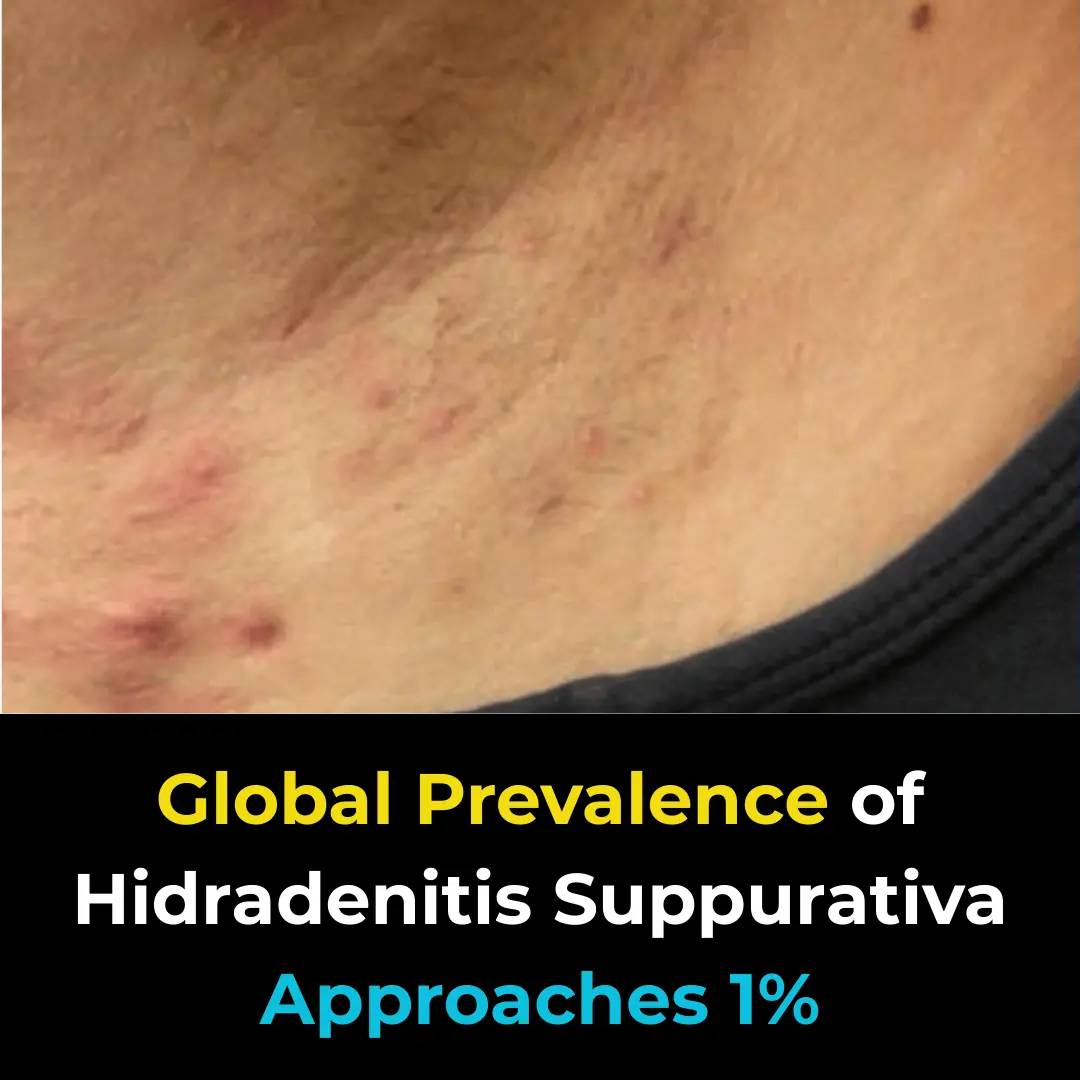
Global Prevalence of Hidradenitis Suppurativa Approaches 1%

Who Should Avoid Eating Chicken Feet?
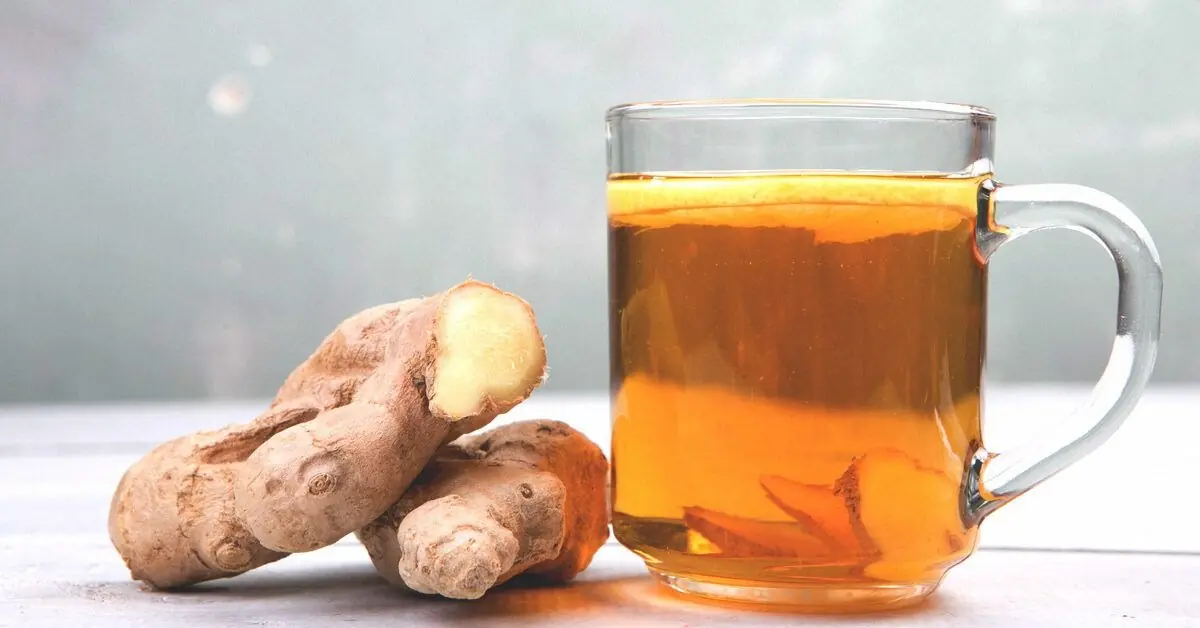
Here’s How To Get Rid of Sinus Infections Naturally, No Antibiotics Required!
News Post

The Music That You Listen To Literally Causes Changes In Your Brain

Scientists: 3 Days of Silence Is Enough to Rewire Your Brain

Katy Perry shuts down haters as she reveals staggering earnings from tour

Mom who anonymously bullied and harassed her teen daughter online for a year reveals why she did it

Woman who had no idea she was pregnant gives birth in RV at Burning Man

Couple who started a swingers club reveal controversial rule for 'ugly' members

Why expert believes Princess Diana could have survived her 'incredibly rare' fatal injury

College Student Killed by Her Ex in Parking Lot Before He Calls 911, Kills Himself

Family gives update on baby after brain dead woman was kept alive to give birth due to abortion law

From 90 To 43: Latest Polls Expose Overstated Trump Popularity

Remembering Ozzy Osbourne, Hulk Hogan, And Other Stars We Lost This Year
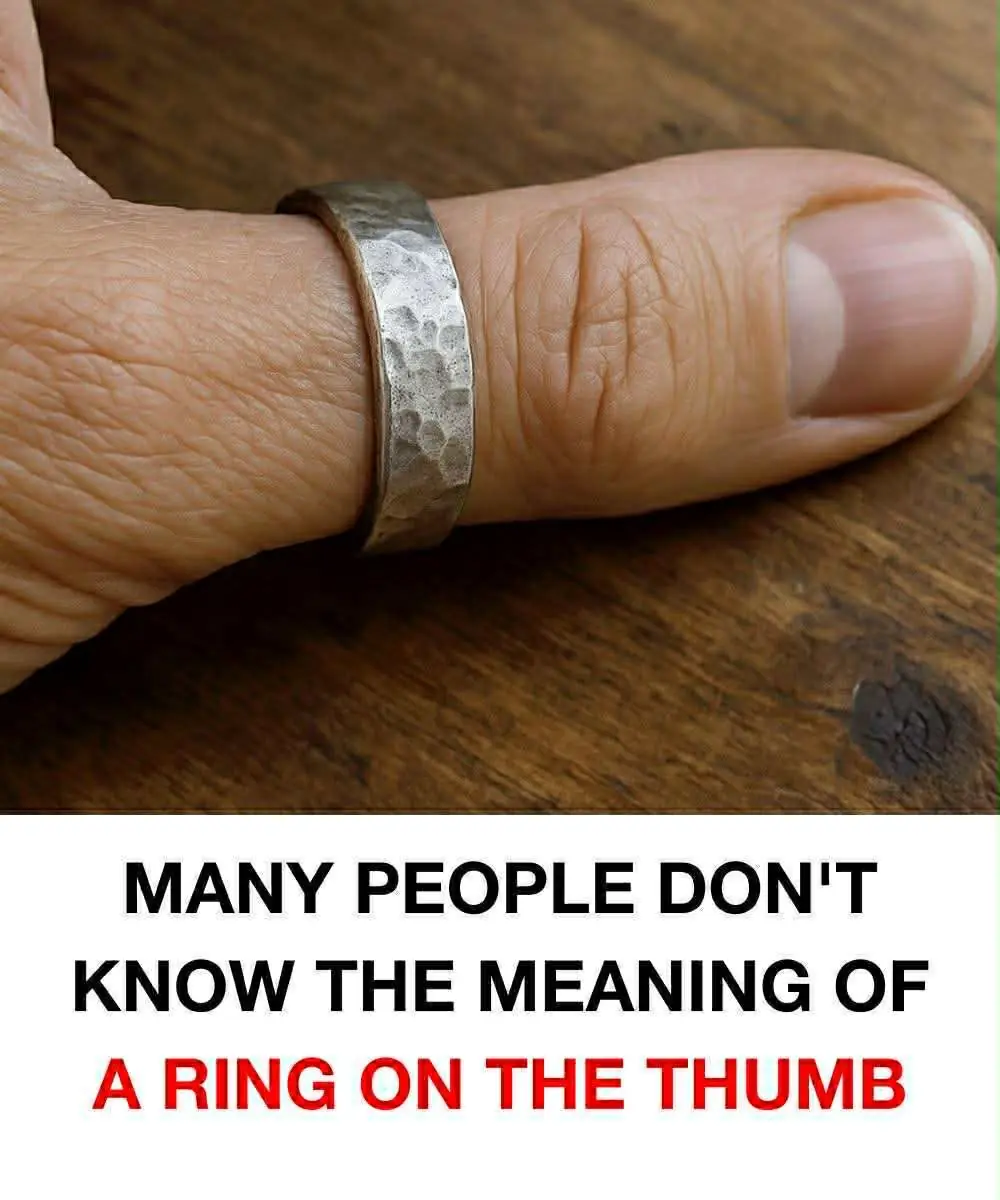
The hidden meaning of thumb rings: what they represent for women vs. men

What it says about your relationship when your partner sleeps with their back to you

Pouring Hot Water into the Kitchen Sink: Thought It Was Helpful but Actually Causes Two Serious Problems

Early Signs of Liver Damage & How to Strengthen Your Liver

Clogged Pipes? Super Easy Home Remedies Without Calling an Expensive Plumber!

The Best Natural Gout Treatments: Remove Uric Acid Crystallization To Prevent Gout And Joint Pain

Foods that can ease swelling in hands and feet
